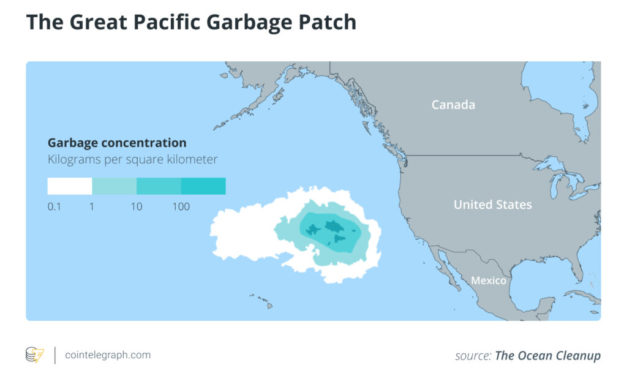How smart people invest in dumb memecoins: 3-point plan for success
Back in 1984, a U.K. television advertisement for Kit Kat chocolate bars was set in a music label’s office where a keen young band played their demo for a bored music executive. Afterward, they were served the famous chocolate bars and the manager said:
“You can’t sing, you can’t play, you look awful… you’ll go far.”
This is as close as I can get to explaining the appeal of memecoins to sensible, smart and intelligent people. But don’t be fooled: Smart people are making a lot of money out of dumb memecoins — invariably at the expense of not-so-smart people without good timing.
PEPE is making memecoins great again. (Twitter)
And timing is everything in memecoins, which typically have no utility for anything except having fun and making money. So, without any fundamentals to trade on, can you still take a “smart” approach to making money by trading memecoins?
On Yavin, co-founder and head of business at Syndika, comes in with a hard “no” to that idea.
“Anyone who says they have any trading strategies with memecoins is talking absolute BS,” he says, adding the only reason memecoins have experienced a rush of interest this year is because of the bear market and crypto winter.
“People need to do something with their investments, and they cannot wait until the next bull run. These people are not interested in investing in the real projects that take years to build. And they’re all about flipping and all about making a quick buck. That’s the reason,” says Yavin.
Čítaj viac






